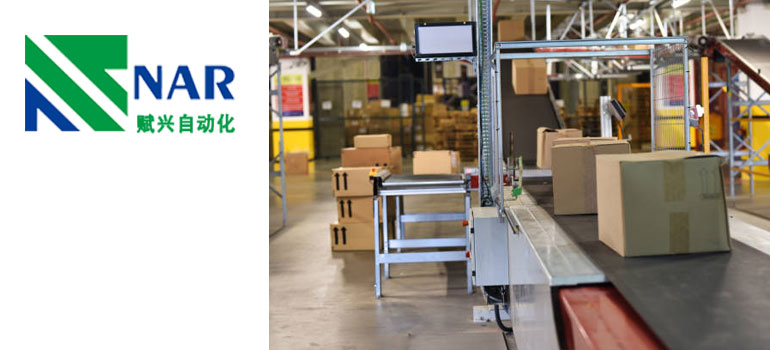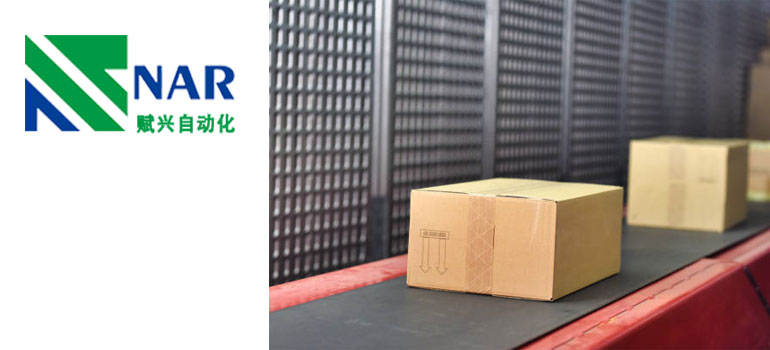Summary:
The conveyor belt is one of the important components of the conveyor. If the conveyor belt has problems in work, it will cause the output of the entire conveyor system, resulting in serious losses.
3 types of conveyor belt problems
What are the common conveyor belt problems?
How to prevent problems with the conveyor belt?
The conveyor belt is one of the important components of the conveyor. If the conveyor belt has problems in work, it will cause the output of the entire conveyor system, resulting in serious losses.
In order to prevent such things from happening, it is necessary to pay close attention to the working condition of the conveyor belt at all times. Regular inspection of the conveyor belt can reduce capital consumption.
The conveyor belt has a certain service life, so no matter how you use it, it will eventually fail. When this is unavoidable, know how to solve the problem.
Understand the common problems of conveyor belt and how to solve them.
What are the common conveyor belt problems?

Belt deviation
Belt deviation is a problem with belt tracking, which will cause the entire conveyor system to deviate from its designated route. Error tracking can lead to many negative consequences, such as uneven belt wear.
If the belt completely deviates from the running track, the entire conveying system will fail and cause serious losses. In daily operation, it is necessary to pay attention to the operation of the conveyor belt at all times.
Reasons for deviation detection of conveyor belt:
- l Conveyor belt frame: check whether the conveyor belt frame is on the same horizontal line from all angles to avoid the inclination of the conveyor belt frame, causing the conveyor belt to deviate from the track.
- l Belt cutting and manufacturing: the deviation of belt during manufacturing and cutting causes problems in system operation.
- l Cleaning: there will be material residues left between the belt and pulley, which shall be cleaned in time to ensure that the conveyor parts are clean and normal operation.
The conveyor belt slips
In the conveyor, the proper tension maintains the normal operation of the conveyor belt. If the tension is too large or too small, only the belt will slip. Specifically, if the head pulley fails or even is excessively worn, there will no longer be enough tension to prevent the belt from slipping.
In order to avoid belt slipping, it is necessary to regularly check the running status of each component.
Main reasons for belt slipping:
- Temperature problem: If it is in a low temperature working environment, it will affect the traction of the conveyor belt. Lower temperature will reduce the traction between the belt and pulley, resulting in belt slip.
- Therefore, when selecting the conveyor belt, it is necessary to select the appropriate conveyor belt.
- Load problem: The conveyor belt carries more weight than it can bear, which will cause the belt to slip. Make sure that the transported material is within the load of the conveyor belt.
- Pulley problem: Pulley is the main source of tension problem. Worn heads or pulleys with deposits will reduce the grip of the belt. The best way to prevent pulley problems is to actively check them for signs of wear.
When the conveyor belt slips, it will affect the daily work efficiency. Regular inspection of the machine will help to improve work efficiency.
Belt tear
The belt will break when the conveyor transports sharp materials or intermediate packages. Broken belts can cause problems with belt function and affect productivity.
Due to operation problems, belt tear is difficult to prevent, so you need to know how to repair belt tear.
- Cold vulcanization: use compound and curing agent to repair the notch on the belt.
- Vulcanization: use pressure and heat to repair the tear on the belt
- Metal fasteners: repair the belt by using metal fasteners. This repair is very fast. However, there will be some risks in fastener repair, which is extremely unsafe in the food industry.
How to prevent problems with the conveyor belt?
- Ensure that the frame is horizontal: It is very important to check regularly to ensure that the frame is at the same level.
- Check the workmanship of the belt: check the cutting state of the belt to ensure there is no defect
- Replace worn parts: If any part of the conveying system has been worn, replace it in time.
- Regularly clean and check the deposits: form the habit of regular cleaning, and find problems as early as possible to prevent problems caused by material accumulation.
Belt conveyor maintenance is very important. Timely check the belt and deal with relevant problems to ensure the smooth operation of the entire conveying system.
Maintain the conveying system according to the above measures to ensure that the service life of the conveyor can be extended.
If you have other questions about the conveyor, please contact PT NAR.

